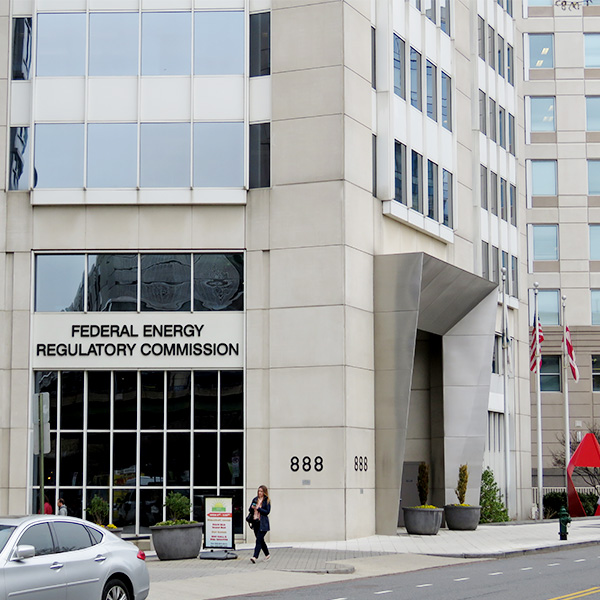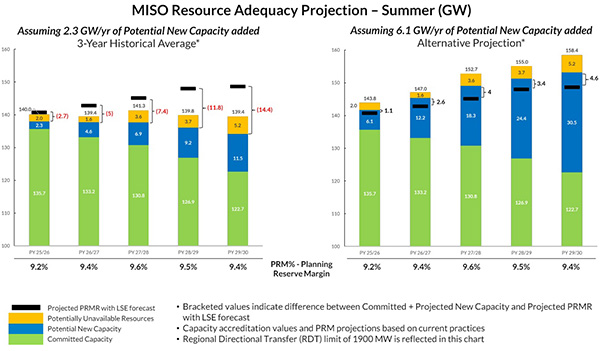capacity accreditation
ISO-NE is not planning to pursue the development of simultaneously clearing seasonal capacity auctions as part of its capacity auction reform project.
Demand response in MISO is poised to be subject to more rigorous standards as the Independent Market Monitor warns of more potential bad actors.
Stakeholders appear wary of MISO’s proposed, availability-based accreditation it plans to file with FERC by the end of the year for the RTO’s approximately 12 GW of load-modifying resources.
ISO-NE’s Capacity Auction Reforms project will include an evaluation of additional resource accreditation modeling enhancements, the RTO told the NEPOOL Markets Committee.
ISO-NE responded to stakeholder feedback on its capacity auction reform project at the NEPOOL Markets Committee meeting, providing clarity on the scope of its capacity market overhaul.
As ISO-NE undertakes major capacity market accreditation reforms, New England storage developers are voicing concerns that potential flaws in the RTO’s modeling methodology could discourage new investments in storage resources.
FERC said it needs more explanation behind MISO’s plan to use a capacity accreditation that would accredit resources based on a combination of their projected availability and historical performance during periods of high system risk.
FERC approved NYISO’s proposed tariff revisions to more accurately accredit natural gas resources’ capacity, but the commission delayed their implementation until 2026.
A relatively low turnout of constructed capacity in recent years could deepen a potential 2.7-GW capacity deficit in summer 2025 to more than 14 GW by summer 2029, MISO and OMS revealed in a five-year projection.
SPP’s resource adequacy stakeholder group has moved several policies that indicate the team’s work is “coming home” after months of presentations and discussions.
Want more? Advanced Search









